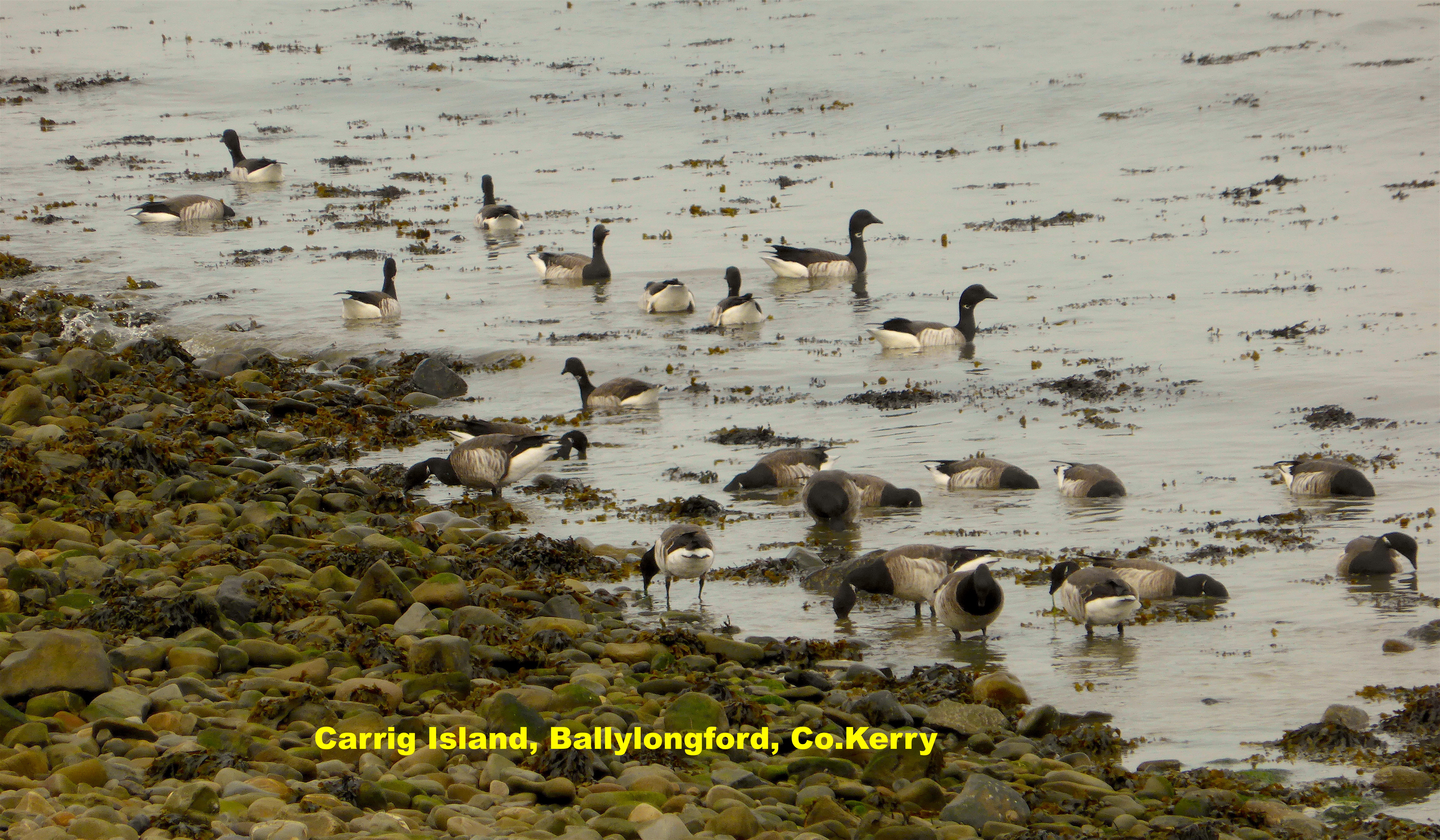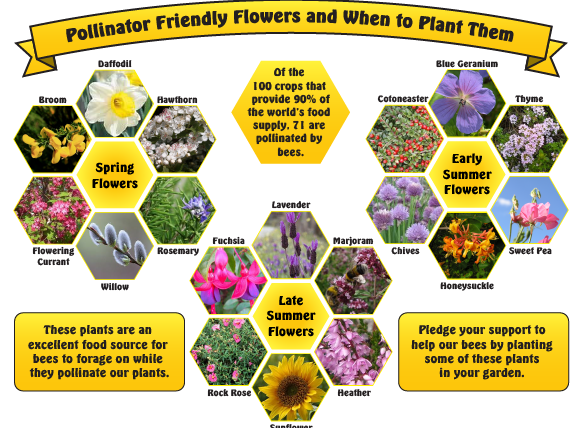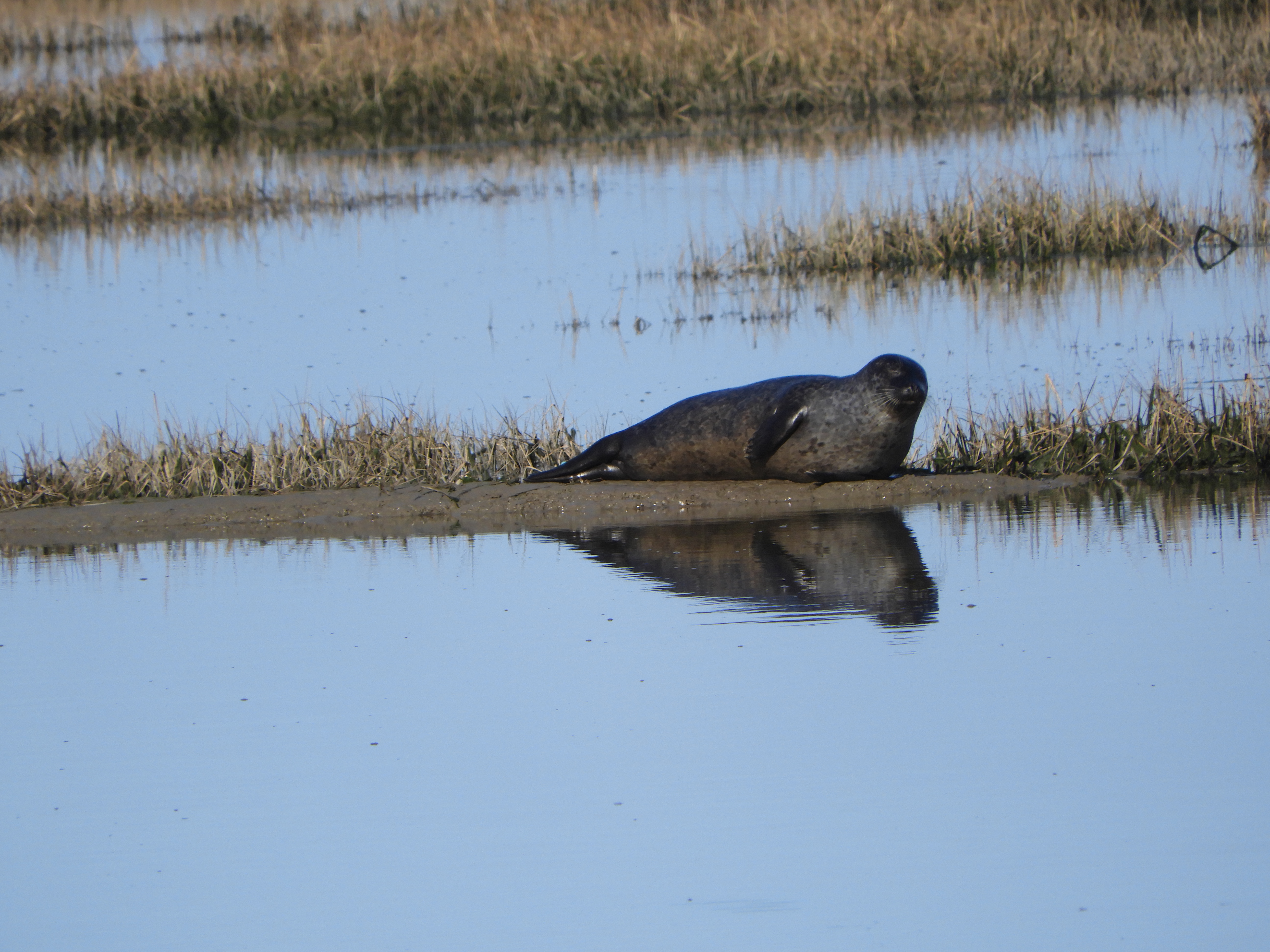Ballylongford Biodiversity 2023/2024














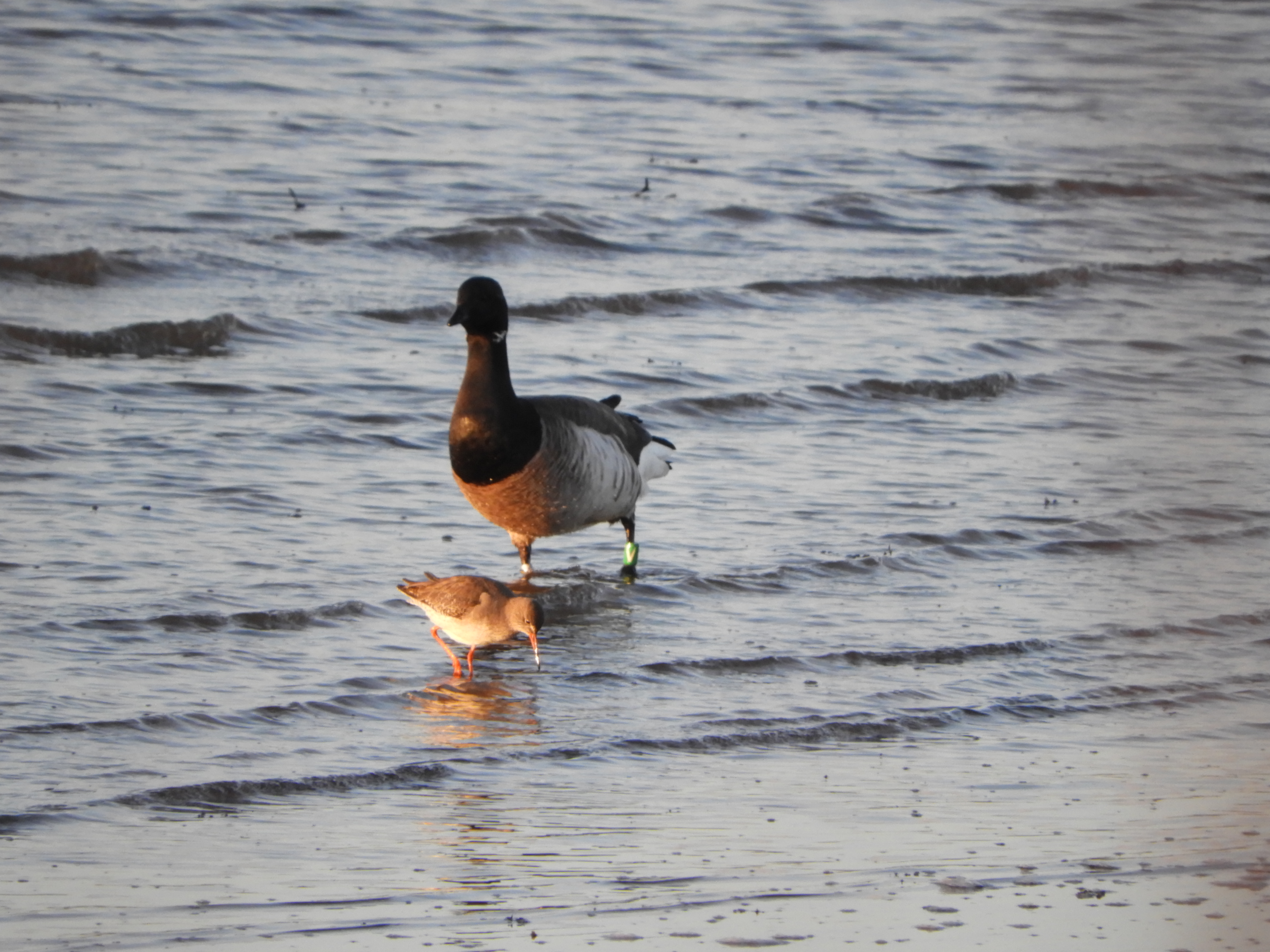

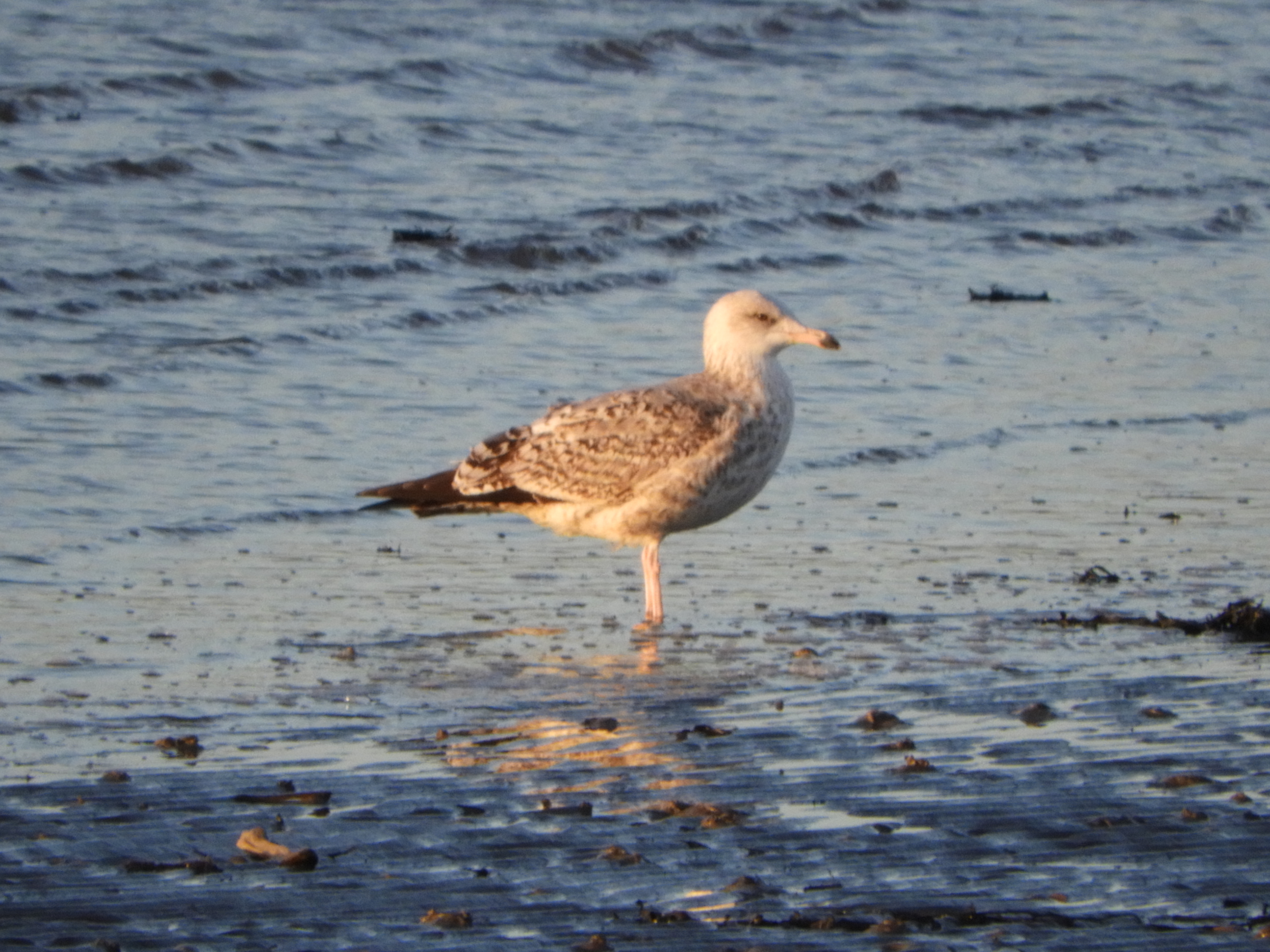


Birds at Ballylongford Wetlands from October 2023 to March 2024
Ballylongford Biodiversity Survey
The Ballylongford Biodiversity Survey was done from January 2019 to December 2019 by Biodiversity Consultant
Geoff Hunt on behalf of Ballylongford Tidy Towns.
Ballylongford Biodiversity Survey 2020
The Launch of The Ballylongford Biodiversity Survey was held Saturday night 8th February 2020.
Nature Walk from Carrigafoyle Castle to the Battery on Carrig Island
18th May 2019
During the walk we looked at the Shamrock or Lesser trefoil. The children discovered a frog Hopper inside the Cuckoo Spit. The bubbles are acidic and protect the insect from predators. From the Castle we walked out to the shore line near the Battery. There we found shore crab, edible crab and porcelain crab. After a while of searching the children were delighted in finding a Blenny. The star of the show, as they wanted to hold it and take photos. One of the children also found a tiny brittlestar. We all had a wonderful afternoon discovering the local wildlife.
Celebrate Kerry’s Natural Heritage Biodiversity Week.
Saturday May 18th – Sunday 26th May 2019
NATURE WALK AT BALLYLONGFORD WITH GEOFF HUNT AND
BALLYLONGFORD TIDY TOWNS.
SATURDAY 18TH MAY 2019 AT 12 O’CLOCK.
Join Geoff for a Nature Walk at Carrigafoyle Castle and walking out to The Battery on Carrig Island. At this time of year the wintering birds have left and the mudflats become very quiet. However there are summer visitors to look out for including Swallow, Swift, House martin and Sand martin.
The castle has a breeding colony of swallows where you can see them up close. The view from the top is worth the climb and give a bird’s eye view of the Shannon Estuary. Geoff will have a butterfly net to catch insects on the wing including bees, butterflies and hoverflies. We will look at the flowering plants including Thrift, Bladder Campion and Sea Lavender. The tide will be low which will give us access to the rocks where we will find 4 species of crabs. We will also look under the stones for my favorite fish, The Blenny. It is every child’s favourite as it has a face like a clown and will happily sit on your hand. So bring your camera for pictures that you will treasure. There are benches near the Battery that over look the mouth of the Shannon Estuary, which is a great spot to have a sambo and a cuppa tea.
NATURE WALK AT BALLYLONGFORD
18TH MAY 2019 AT 12 O’CLOCK.
MEET AT CARRIGAFOYLE CASTLE 12 noon
Wild animals and birds around Ballylongford and the Estuary.
The most often encountered is the fox, followed by the badger, the stoat (often called a weasel, but there are no weasels in Ireland ), The Irish hare and less so by the Mountain or European hare and of course, the rabbit.
A wide range of wild birds can be seen, from shore and shore wading birds, to song birds, to birds of prey, to migratory Warblers.
The shore birds include: Greenshanks, Redshanks, Dunlins, Turnstone, Shellducks, Mallard, Teal, Widgeons, Shoveller ducks, Curlews, Mute swans and the Little Egret. the Little Egret is well established in the area, breeding successfully for the past number of years. The Great Crested Grebe and the Little Grebe (sometimes called the Dabchick) can be seen in the estuary. The Kingfisher breeds across from Saleen Pier on the high bank.
The songbirds, include Goldfinch, Chaffinch, Siskin, Redpoll, Linnet, Greenfinch, Song Thrust, Mistle Thrush. Black Bird, Rbbin, Blue Tit, Coal Tit, Goldcrest and the Tree Creeper.
Birds of Prey include : Merlin, Kestrel, Sparrowhank, Hen Harrier, Barn Owl, Short Eared Owl and the Long Eared Owl. The Buzzard, our largest bird of prey, has been seen on a number of occasions in the last few years and it’s numbers are on the increase in Ireland. Interestingly with birds of prey the female is always larger than the male.
We have the usual mix of the crow family, including Jackdaw, Rook, Hooded Crow (sometimes called the Grey or Scall Crow), Magpie, Chough and the largest of the crow family, the Raven. One pair of Ravens nest on the ledge in Carrigafoyle Castle most years.
Migratory Warblers include: The Grasshopper Warbler, Whitethroat, Garden Warbler, Woodwarbler, Black Cap, Chiffchaff, Willow Warbler and the Goldcrest (which is the smallest bird in Europe). Birds of the Warbler family arrive around April or May and are gone away again by September.
The above lists of birds and animals can be seen on a regular basis around Ballylongford and its environs.
I would like to thank John Roche local Wildlife expert for all of the above information.
Seal on Carrig Island, Ballylongford, Co.Kerery
Feeding the Birds during the snow in Ballylongford on the 3rd March 2018
wildlife
Wildlife in Carrig, Ballylongford, Co.Kery January 2018
Ballylongford Bay Wetlands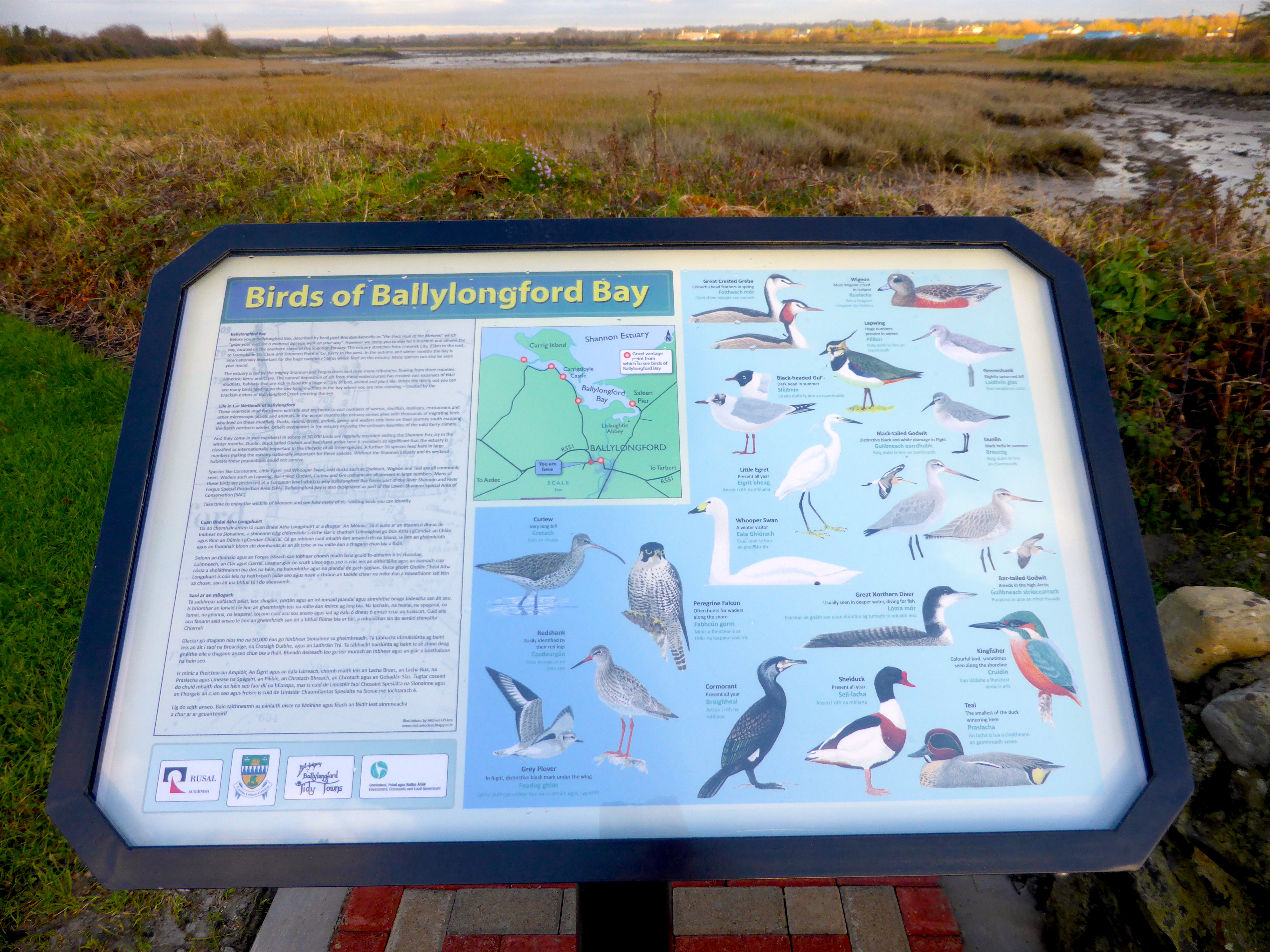
Ballylongford Bay Wetlands
Ballylongford Bay Wetlands is considered internationally important for its Birdlife. The natural deposition of silt from water courses has created vast expanses of mudflats and coastal wetlands of national importance. In the winter months the estuary comes alive with thousands of migrating birds who feed on these mudflats. Ducks, swans, divers, grebes, geese and waders stop here on their journey south escaping the harsh northern winter. A further 16 species feed here in numbers that make the estuary nationally important for their populations. Species like Cormorant and Whooper Swan and ducks such as Shelduck, Wigeon and Teal while waders such as Lapwing, Bar-tailed Godwit, Curlew and Greenshank are all frequent visitors. In excess of 50,000 birds are recorded visiting the Shannon estuary in the winter months.Many of these birds are protected which is why Ballylongford is a Special Protection Area (SPA) and is also a Special Area of Conservation (SAC)
